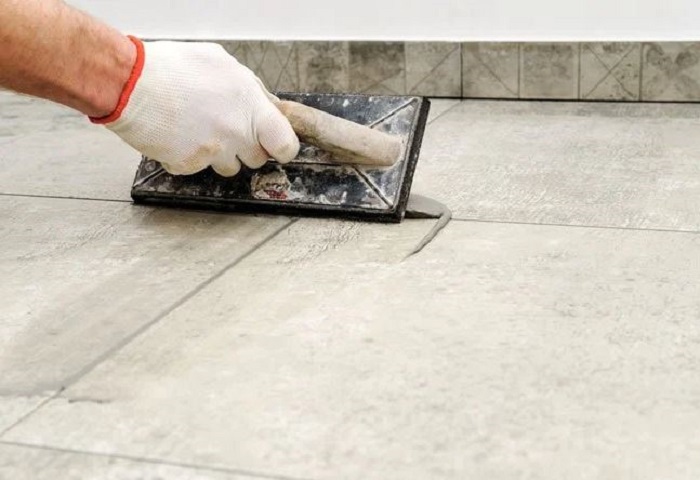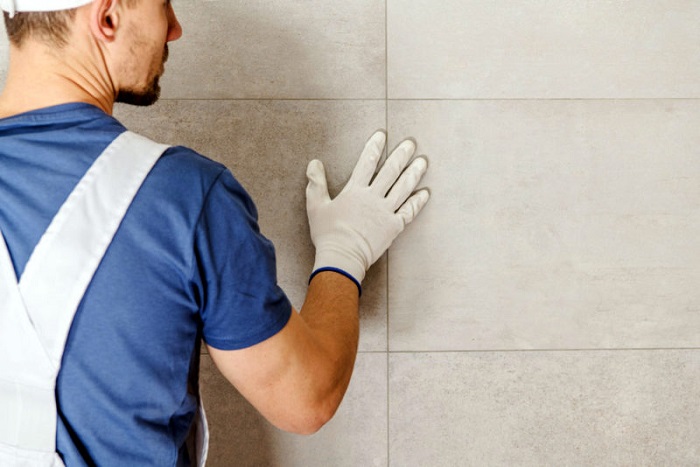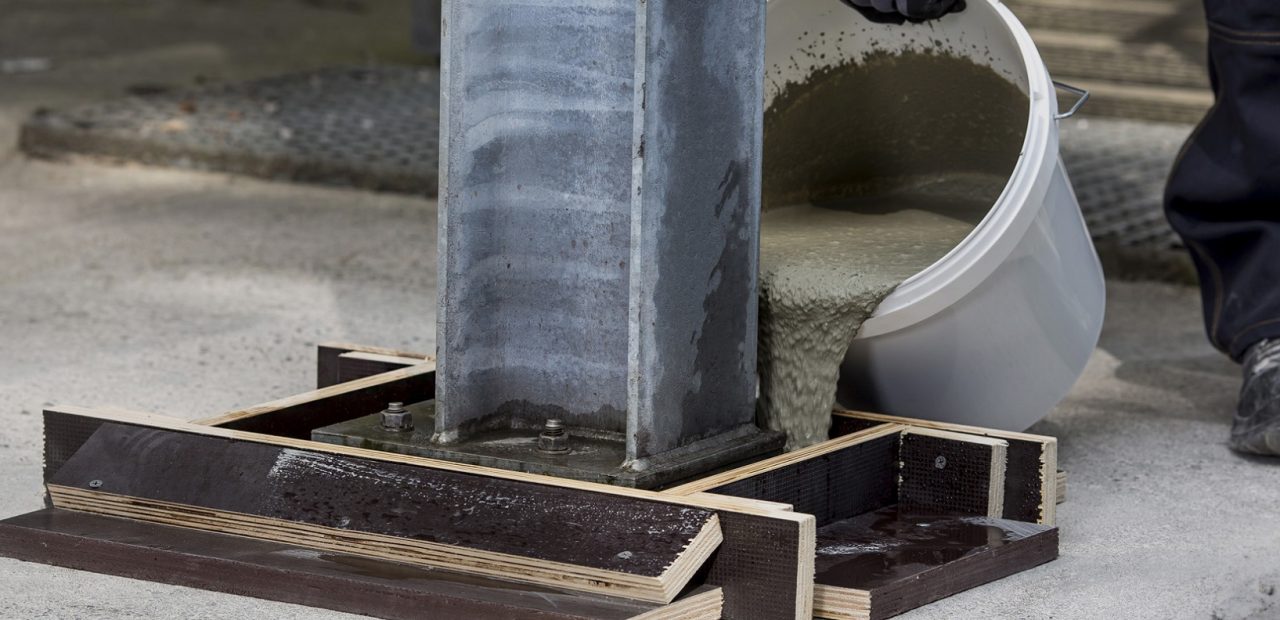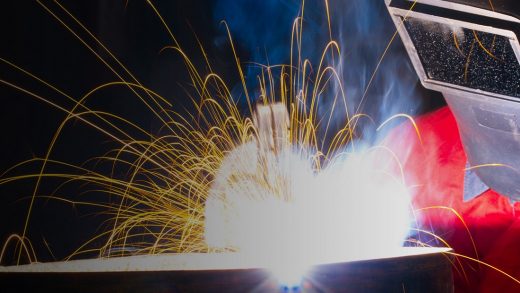The Whats and the Hows of Construction Grout
What is it that first comes to mind when people think of grout? In most cases, it’ll be the colourful, sandy-like substantial that’s used in the joints between tiles, marble, and other stonework; but there’s much more to grout than that.
At its most fundamental, grout is a mixture of sand, cement and other additives and its use doesn’t end with bathrooms and kitchens. Grout, and the resulting process that’s also known as “grouting”, when injected into building foundations and porous soil and rock formations to reinforce the underpinnings of highways and other structures, is also a mainstay of civil engineering.
If its use fascinates you, or if you’ve got an upcoming project planned that may involve grout, let’s take a closer look at precisely why grout’s used, and a few of the most commonly available types of grout for both consumers and professionals.
Contents
The perfect void fillers

Grouts are hole and cavity fillers, plain and simple, and while their ability to bond is an inherent part of how they’re formulated, their real purpose, when mixed with water, is to spread out and thoroughly permeate their surroundings. This is why mixtures like construction grouts are overwhelmingly favoured for their workability, texture and for viscous characteristics that allow them to add to the tensile strength of an entire project.
It should come as no surprise then that there’s no shortage of different types of grout that have been developed for a whole wealth of applications. Those can be broken down even further based on the type(s) of cement, as well as the additives used to enhance them. They all fall, however, into two basic groups, cementitious and chemical, and there are three types that are clear standouts when it comes to suitability for most jobs.
Cementitious grout
As a mixture, the cementitious construction grout is such a broadly encompassing group, that it’s also regarded as a type. Customarily made from a blend of only ordinary Portland cement (OPC), sand, colorant and water, this gritty mixture, depending on the size of the grains of sand used, is suitable for everything. From load distribution under concrete slabs and pilings, to sealing delicate tile and masonry surfaces.
Cementitious grout is also frequently made without sand whatsoever. This unsanded grout is the type most commonly used for the smallest joints in tile and marble, and leaves no gritty film or deposit behind at all.
Epoxy grout
Epoxy grout is a member of the family of chemical grouts that combine water and liquid resin to fill even smaller gaps than cementitious grouts. These are extremely durable, long lasting and highly resistant to chemicals and cracking due to heavy contact, moisture or temperature extremes. They lack, however, the fluidity of cementitious grouts, making them less suitable for projects that require greater penetration.
Furan grout
Furan grout is another chemical grout that shares all the properties of epoxy but is made with alcohol polymers and filler powder. Furan grouts are, in fact, considered to be even more resistant to chemicals than epoxies, making them ideal for floors and surfaces where spills frequently occur. But because of the dense chemical bond they form, they also require greater vigilance during application. For this reason, furan grouts tend to reside solely in the domain of professional tradesmen when it comes to their usage.
But which one’s the best

As broad as the types of available grout are, the question still deserves to be asked: which one is better? And to be perfectly honest, both have their advantages and disadvantages.
Cementitious grout advantages:
- They bond well with tile and masonry, and can fill large voids and joints.
- Averse to fading or shrinking long after they’ve been applied, regardless of the application.
- Where aesthetics matter, these handy construction grouts are easy to apply and to clean up after following application.
Cementitious grout disadvantages:
- Also where aesthetics matter, application of a sealer is required to ward off discoloration due to chemical, biological to stain absorption.
- Will not fill extremely narrow joints very well, if at all.
- Prone to progressive damage due to wear and tear.
Epoxy or furan grout advantages:
- Plasticized chemistry makes them completely waterproof without the need for sealing afterward.
- Chemical bond created is practically unbreakable, and higher viscosity makes them ideal for smaller joints.
- Tough, durable, and impervious to all but the harshest chemicals.
Epoxy or furan grout disadvantages:
- Their fast-acting chemical nature allows very little working time and even less time for cleanup.
- Because of the plastic composition, not only will they always have the look of plastic, but discoloration may occur over time due to light exposure.
- Natural tiles, stones and other porous materials may be ruined after absorbing the resin components.
Ultimately, there may not be a perfectly quantifiable answer to which is better other than by looking at the individual application itself. If maintaining the wonderfully natural and unblemished appearance of continuous stone is what you’re after, or you’re reinforcing a foundation, then there’s no substitute for cementitious grout. However, if it’s a heavily-trafficked area that’s subject to stains and spills, but wouldn’t look too bad with a little bit of extra gloss, then epoxy or furan is the clear choice.
In conclusion
At the end of the day, the choices of grout, and the sheer range of applications, are truly remarkable. Before you start your next renovation or installation project involving tile or masonry, make sure to look closely at which construction grouts can going to deliver the best long-term results for you.
And don’t hesitate to speak with an expert supplier early in the process who can help you make the right decision. After all, you’re looking forward to enjoying that beautiful stonework for a long time, and it deserves to look its best from the very start.

















